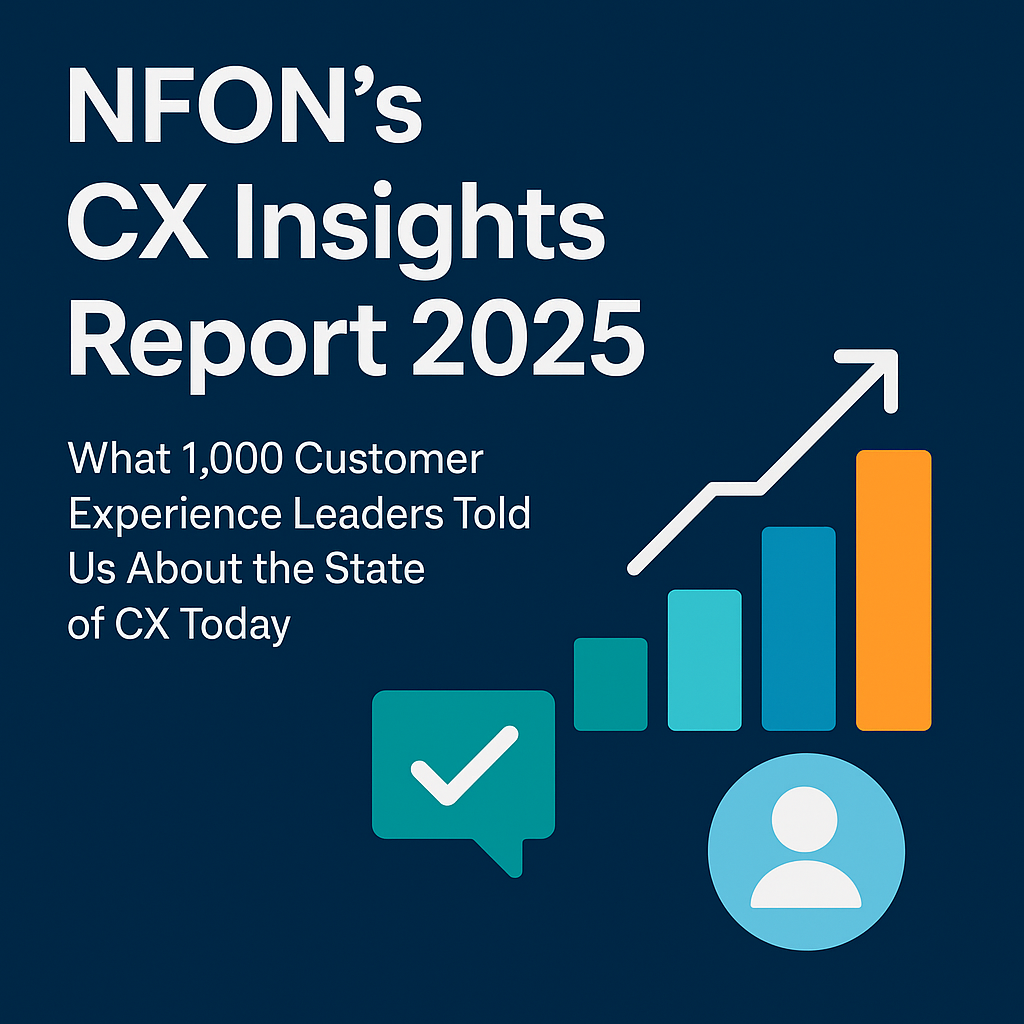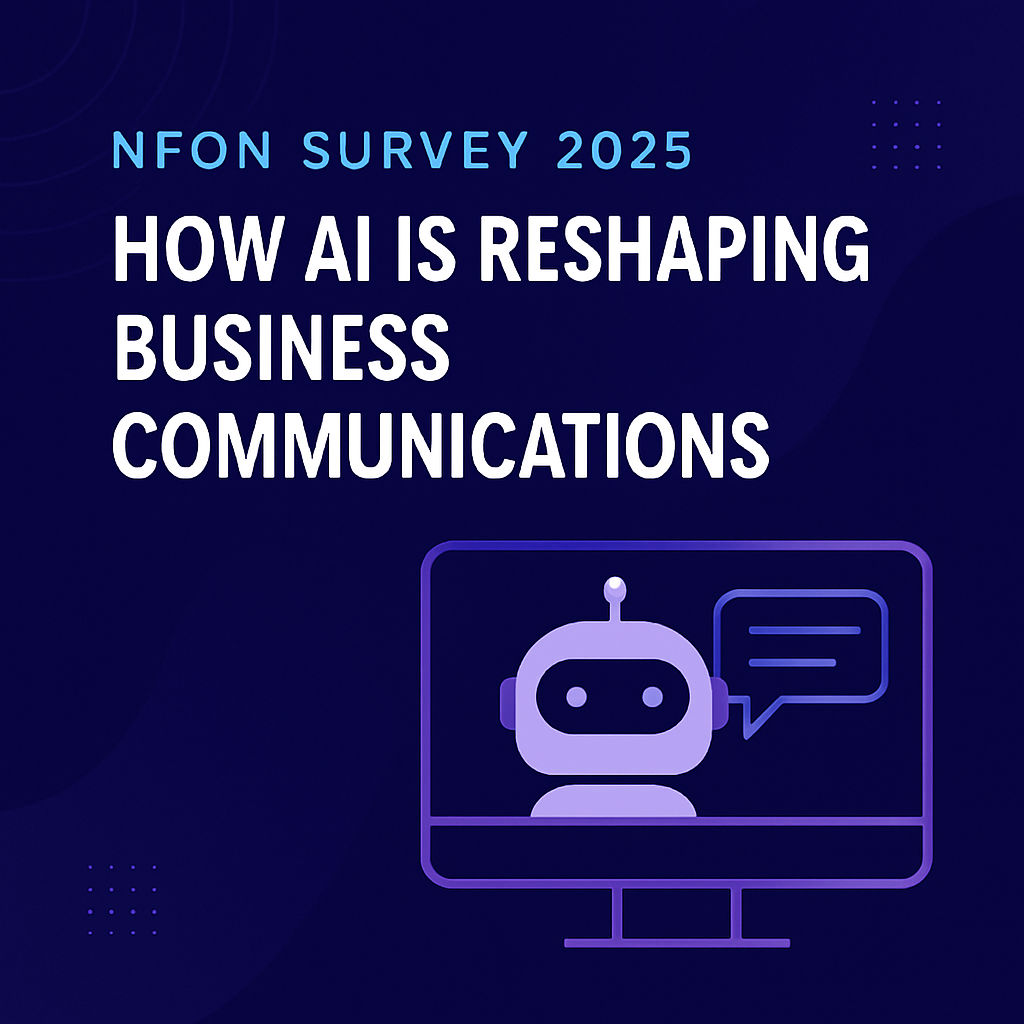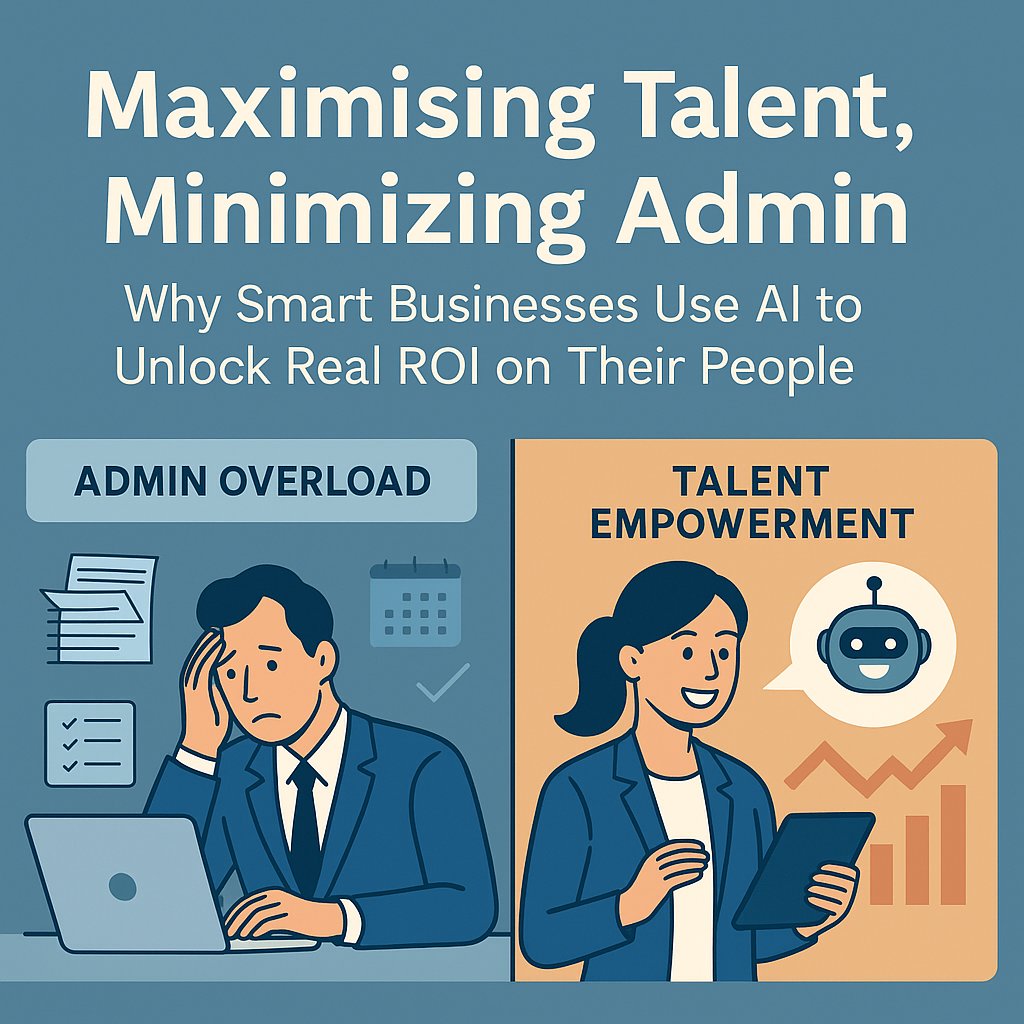Most employees want more of a say in their place of work, and you only need to look at the recent interest in employee experience and engagement surveys for proof.
While in the past, the likes of Gartner suggested the days of employee surveys were numbered, recent data shows a slightly different picture.
According to employee engagement software specialists Achievers, 58% of employees wish their company conducted employee surveys more frequently.
For the contact centre in particular, employee experiences are vital.
Why? Because engaged employees make money, while disengaged employees lead to direct losses.
But for all the positives that can be said about employee experience surveys, they’re not a miracle cure-all for poor EX.
The truth is: they don’t always work. And, even when they do, there are limits to how much impact they can make on their own.
Read on to learn why employee surveys don’t always work, and the better way to improve employee experiences for your contact centre team.
The upside of employee surveys
Employee experience surveys have become part and parcel of managing any contact centre.
They’re a much-needed way to shine a light on how things are working internally, gauge the mood of the workforce, and explore what could be done better.
And, granted they’re conducted well, and receive the right level of employee participation, employee surveys help to:-
- Identify staff needs and frustrations, reducing turnover
- Gauge whether a particular company policy, process, or aspect of workplace culture has been well received
- Provide ideas for new processes and ways of working that may not have otherwise come to light.
The anonymity of an employee survey is also a plus. It gives many workers the confidence to speak more candidly on things that can be hard to talk about – particularly with senior members of staff.
Where employee surveys fall short
But, as you might have guessed from the title of this blog, employee experience surveys have their drawbacks too.
The problem of participation
The success of an employee survey depends largely on everyone being equally conscientious, and everyone being honest in their response.
This is of course an unrealistic expectation to place on any team – because teams are made up of human beings, not robots.
It’s also important to remember that if only a small proportion of the workforce complete your survey, then your results are unlikely to give you the whole story – instead, what you get is data that’s incomplete and distorted.
Add to this the potential of survey bias and you’ve got a completely distorted perception of your business.
A drain on resources
The admin involved with collating and processing survey data across a contact centre can place a lot of demand on the HR department – for smaller teams, this will be even more onerous, as this demand is spread across everyone.
On top of that, there’s the time it takes to create, deliver, and analyse, before the results can even be shared or acted upon.
Whether you’re outsourcing this or handling it in house, it’s an unavoidably large investment – one that isn’t guaranteed to deliver a clear and immediate return.
They can do more harm than good
When employees take the time and energy to speak up and raise issues with their management, they expect something back.
Unfortunately, a high percentage of surveys like these don’t get acted upon, which has a catastrophic impact on employee morale.
It’s a fast way to make employees feel like their opinions aren’t valued. And no good manager wants that.
Which brings us onto our final, and probably most significant drawback…
The results aren’t always clear
When it comes to measuring the success of your contact centre, the results of an employee experience survey won’t give you the full picture.
This is for two reasons:-
1) Employee responses are subjective
2) Employee surveys produce qualitative data; meaning data that is used to approximate and characterise things.
Qualitative data is great for getting an idea of how motivated your employees feel every day, or how your organisation is perceived internally.
What it’s not great for is getting an objective understanding of individual agent workloads (employee perceptions can differ massively), why agents are struggling, or what can be fine tuned to improve experiences for agents and customers alike.
So, what’s the solution?
While there’s value in the kind of data you can gather from employee experience surveys, for it to be data you can trust, and data you can use to raise your EX, it needs other data to support it.
Data that, rather than being subjective and qualitative, is objective and quantitative.
Without objective, quantitative data, you can’t be 100% sure that any changes you make are improving the standard of your employee experience.
Most contact centres have masses of internal data. What they don’t always have are ways to efficiently collect it, analyse it, and draw valuable insights from it.
So how can contact centres access the data they need? Simple. It’s all down to having the right technology.
Unlocking your contact centre data
For contact centres to achieve a more detailed and actionable picture of how their workforce are feeling, and how things could be better, they need rich, high-quality data.
Solutions like Ncontactcenter provide just that – allowing for detailed agent performance data to be collated efficiently and effortlessly.
Here are just some of the ways it does this:-
Automated call recording
Many contact centres don’t record calls, due to it being costly and labour-intensive.
But this leaves them without access to detailed and accurate data on agent performance.
Ncontactcenter’s automated call recording capabilities let you monitor these factors across your entire team, at no extra effort or cost – giving you access to a rich pool of objective performance data to learn from.
Contact centres can use this to empower agents with more effective training, which correlates to them performing better each day, and feeling better for doing so.
Performance metrics and reporting
Ncontactcenter also gives you performance metrics and reporting, which can be tailored to individual agents.
This allows managers to objectively analyse everything from an employee’s number of customer interactions, to the time it takes to resolve a query, to the types of enquiries they struggle to resolve.
With this data, contact centres can pinpoint the exact challenges employees face – both collectively and individually – and overcome them with powerful, data-driven strategies.
The end result? Employees that feel more empowered to be at their best.
Bonus: Flexible call routing
While this capability doesn’t extract data for teams to analyse, what it does do is help to precisely distribute workloads, so that all agents have a fair and equal volume of enquiries.
This is a highly effective way to prevent agent burnout, and improve morale across the team.
Why employee experience surveys don’t always work: Key Takeaways
- Employee experience surveys can shine a light on internal operations, gauge workforce morale, and explore how processes could be improved.
- But they’re not a miracle cure for poor employee experiences, and they have their fair share of drawbacks.
- Employee experience surveys provide valuable data, but it is qualitative and subjective.
- Contact centres also need objective, quantitative data if they want to empower employees and raise their level of experience.
- The data needed to raise employee experience standards is already available for most contact centres; it just takes the right technology to access it.









